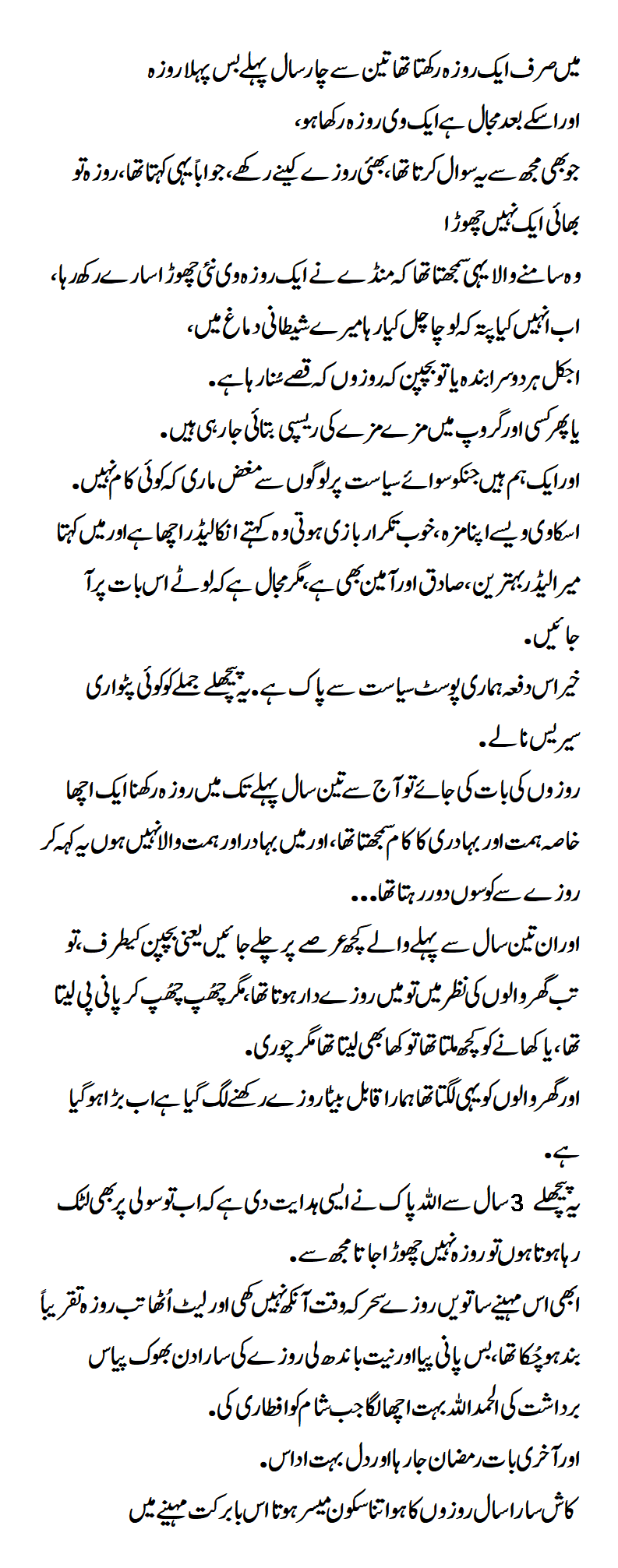On the authority of ’Abdul-Malik ibn Qudamah ibn Milhan (ra) that his father (ra) said, ’The Messenger of Allah (saw) used to command us to fast the (three) days with the bright nights (al-Ayyam al-Bid), the 13th, 14th and 15th [of every lunar month]’. [Nasa’i]
Many Muslims are aware that the Prophet (saw) used to voluntarily fast on certain days in the year. For example, he (saw) used to fast on Mondays and Thursdays. But the fact that he (saw) used to fast the three middle days of every single lunar month is not well-known at all!
In this article, we’ll discuss the meaning and significance of the Three Bright Days, the reward of fasting them – and how you can join our brand-new Sunnah Challenge!
What are the Three Bright Days?
As mentioned before, the Messenger of Allah (saw) used to fast the 13th, 14th and 15th of every lunar month. In Arabic, these days are called Al-Ayyam al-Bid, which literally means ‘the white days’. They are also called ‘the shining nights’, ‘the bright nights’ and ‘the bright days’.
So what is so special about these three days?
The above image shows the monthly phases of the moon. The moon begins as a crescent, then waxes until it is full, then wanes until it is a crescent again. The three middle nights of the lunar month are when the moon is full and circular.
These are therefore the brightest nights of the month – hence the name! The brightness of these nights is also one of the reasons the Prophet (saw) fasted on their days. It was a way of giving thanks to Allah for lighting the dark nights. This would have been particularly poignant at the time of the Prophet (saw) when electric lighting had not yet been invented.
